Squishing, rolling, squeezing - is using food in sensory play wonderful or wasteful? For young children, sensory play is more often than not, a daily play experience or invitation setup in early education environments. Yet, when food is chosen as the sensory material, even the most open-minded educators pause to reflect and second guess their choices.
On one hand, the textures of dry rice and pasta or cooked, slippery spaghetti strands provide a feast for the senses. At the same time, it's important that we do think about not wasting food and being sensitive to diverse cultural backgrounds.
The discussion around using food for sensory play seems to go back and forth in early childhood circles with no clear process set in stone to follow.
But maybe there's a way we can find a middle ground. What if we could use food to provide interesting, beneficial sensory experiences for children, while also using them as intentional teaching opportunities to explore important values like sustainability and respect for culture?
I believe if we're thoughtful about it, we can come up with a balance of sensory play activities that are educational, inclusive, and don't waste food or increase the risk of allergic reactions.
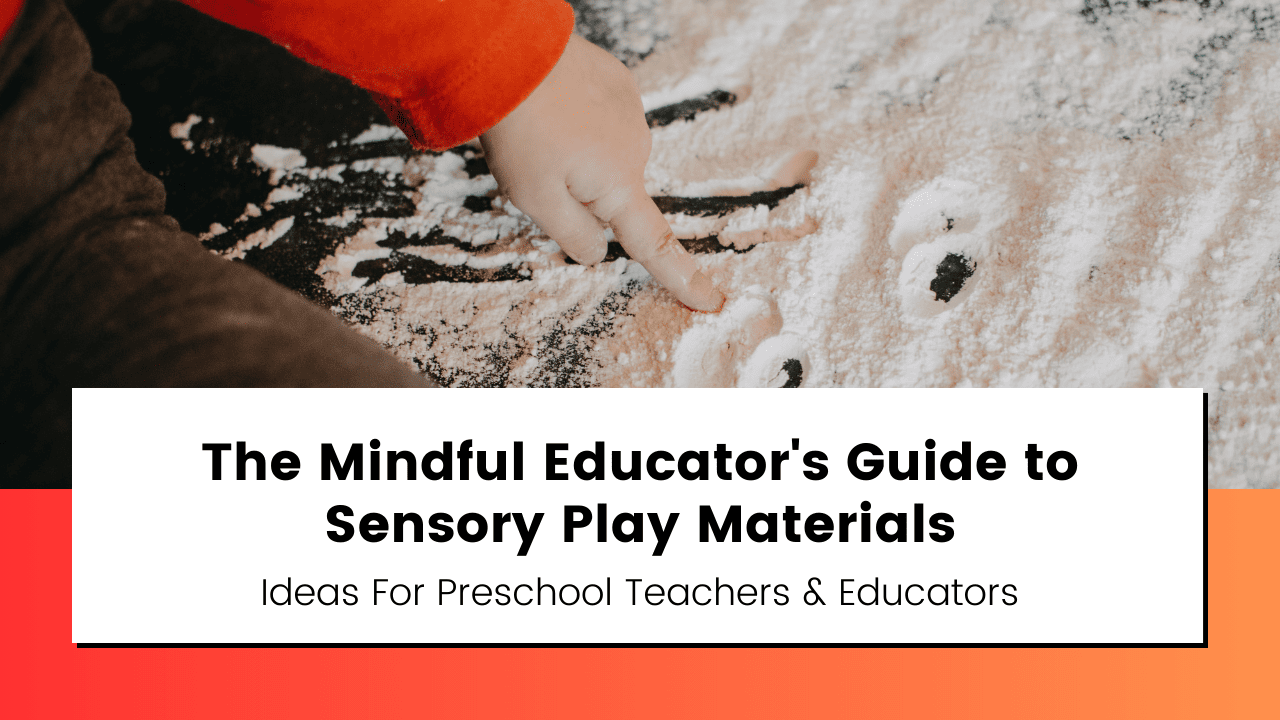
In the ever changing sector of early childhood education, this possibility not only exists - it presents an opportunity for us to engage in reflective practice and come up with some different ideas from what 'we've always done'.
Beyond its nutritional benefits, food offers up a vibrant sensory toolbox of textures, aromas, temperatures, and tastes.
Squishing a mound of mashed potatoes or kneading sweet dough can foster fine motor skills.
Tracing fingers through cool sand-like semolina or squeaky cornflour can awaken tactile senses.

However, I acknowledge that there are some very valid concerns with using food in sensory play this way. In a society increasingly aware of issues like food security, allergies, and cultural diversity, using food for play raises important questions.
However, often the simplest solution lies in finding an acceptable balance.
And that's what I want to dig into in this article - how we, as educators and professionals, can encourage children to explore and get creative with food materials at times, while still being responsible.
What will you discover in this article?
So keep scrolling and get ready to discover some ways we can walk that blurry line between exploration and responsibility when it comes to creative sensory play with food!
To Support Children with Sensory Processing Differences
Sensory processing is the complex neurological process of receiving, organising and interpreting sensory information from the environment around us. For many children, this process happens seamlessly. But for others with Sensory Processing Disorder (SPD), it poses challenges.
Everyday sensations most people filter out with ease can be confusing, distracting or overwhelming for a child with SPD. Something as simple as a food's texture, smell or temperature can be magnified or muted. This makes daily experiences like mealtimes frustrating and disorienting.

To Support Children With Oral Aversions
Some children develop oral aversions, an instinctive avoidance or fear of certain textures, temperatures and tastes related to their mouths.
Oral aversions can stem from traumatic experiences like choking, underlying sensory issues, or forced feeding.
This manifests as gagging, tantrums or refusal when faced with trigger foods or oral sensations. Mealtimes become battlegrounds and children are often labelled as simply ‘fussy eaters’.
I personally experienced this with one of my own daughters and trust me when I say it was scary and very frustrating to see your toddler gagging and throwing up as soon as she even touched or smelt certain textures! It's definitely NOT just a case of being a 'fussy eater'.
This is how I know that food-based sensory play can support the removal of this pressure and introduce new sensations gradually in a playful, non-threatening way...because we used this strategy with an occupational therapist for quite a few years to support our daughter so she could eventually eat foods that weren't just 'crunchy'.
Here's some ideas and examples to give you a better idea of the 'HOW'
Transparent Layered Sensation Jars with foods of various textures like smooth yogurt, crunchy cereal, soft banana slices, and squishy cooked beans allow visual and tactile exploration of differences at the child's own pace. Children can see and feel the differences without the immediate need to taste.
For Example: Think of a child like Mia, who shies away from any unfamiliar texture. For Mia, even touching something 'new' can be a big step. A sensation jar allows her to explore at her own pace, layer by layer.


Temperature Teasers introduces new sensations like chilled slices of cucumber, warm mashed potato and room temperature jelly gradually for children to touch and explore the differences.
This helps the senses become accustomed to varied temperature sensations in a controlled setting.
For Example: For children like Zoe, who might be startled by sudden temperature changes in food, this activity allows gradual familiarisation. Today, she might be wary of the cold cucumber, but with repeated exposure, she might find it refreshing and even take a nibble while playing.
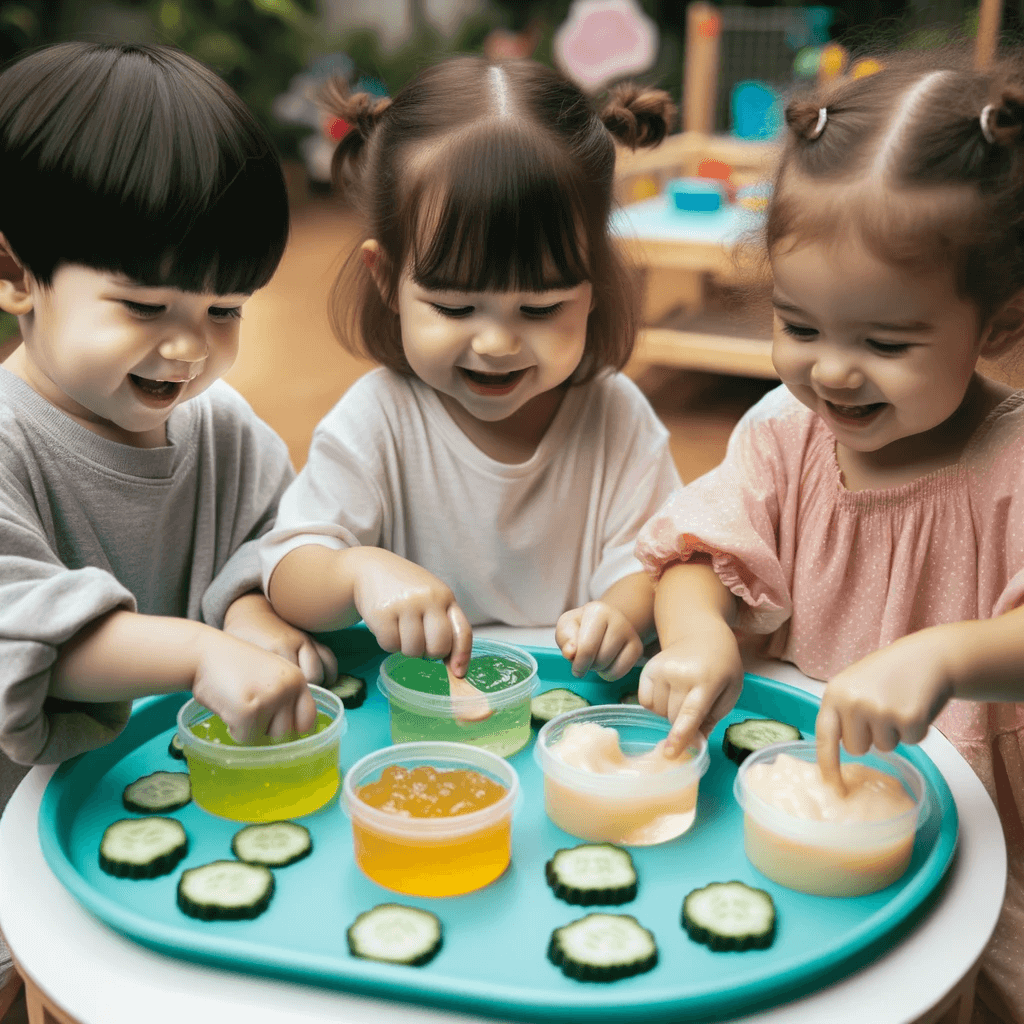
Painting with Food "Brushes" like sprigs of herbs, spaghetti strands, or even sliced vegetables offers tactile exposure. Dip them in edible paints or water and 'paint' on a canvas or large paper.
Using something edible as an instrument rather than food itself can reduce anxiety.

For Example: For children like Ava, who avoids any 'messy' textures, using food as a tool rather than something to eat might lessen the anxiety. Today she might be painting with a celery stick, and in a few weeks, she might be curious enough to take a bite!
Smell & Tell Games with blindfolds, focus just on the sense of smell as you ask them to guess or describe the scent.
Identifying scents helps build olfactory skills and tolerance.
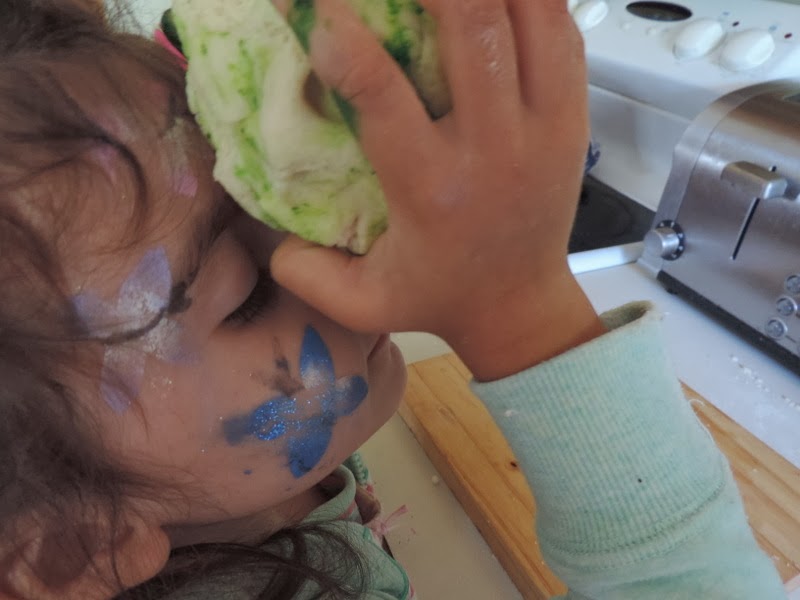
For Example: For children like Ruby, who might be hypersensitive to smells, introducing familiar scents in a playful setting can help her better tolerate and even enjoy them.
Many oral aversions relate to food textures. For example, a child may enjoy smooth purees but gag and tantrum when given lumpy mashed potatoes.
Through sensory food play, they can explore ‘scary’ textures without the expectation of swallowing or eating them - they just get to play.
Other ideas To Try...

Exposure to Flavours
While taste is not the focus in sensory play, smell and minimal flavour can help expand limited food preferences.
This gentle introduction of new flavours and scents helps broaden horizons for all children.
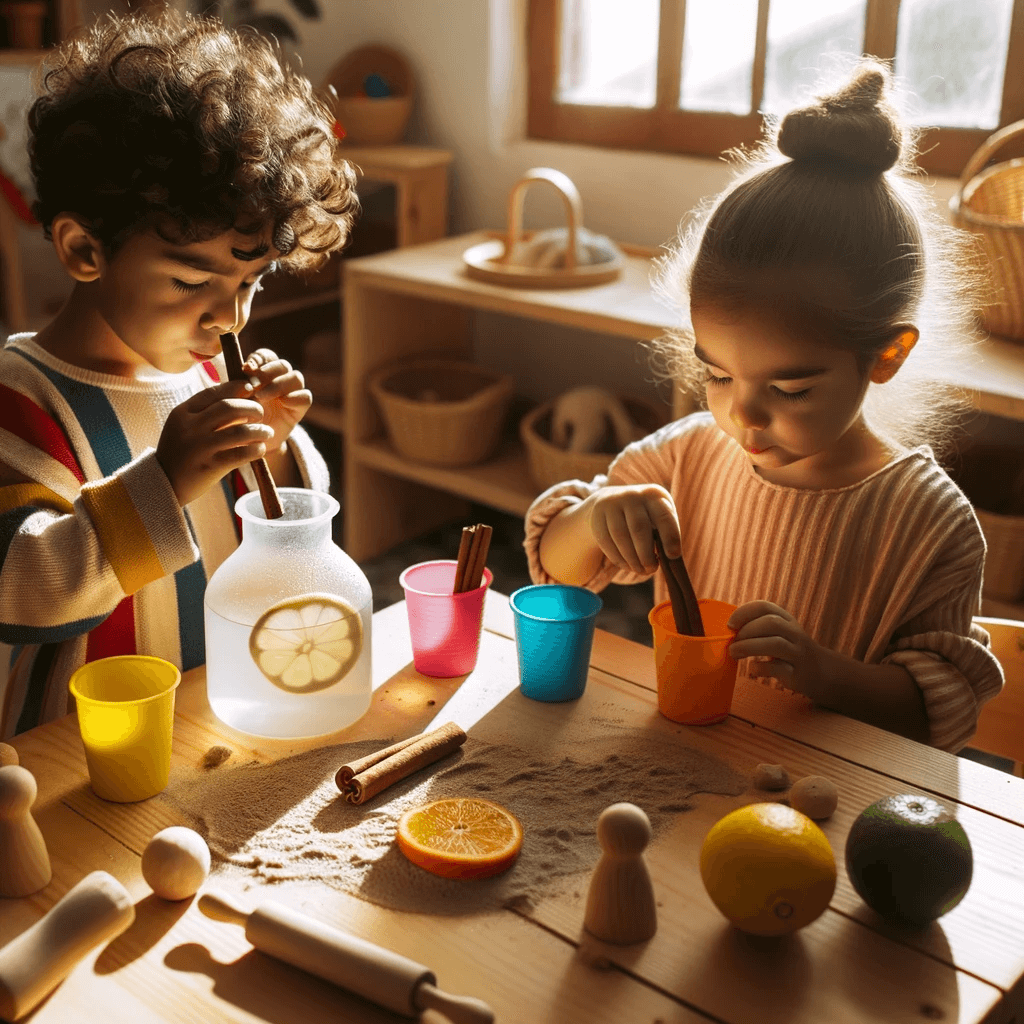
Gradually, once-avoided textures become familiar through repeated exposure in play.
Using Tools As A Strategy
Oral aversions can extend to cutlery and oral care items. But simple sensory play can help build a child’s tolerance here too.
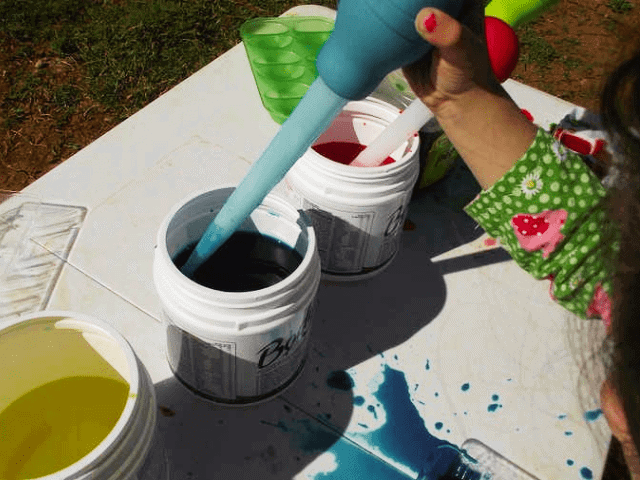
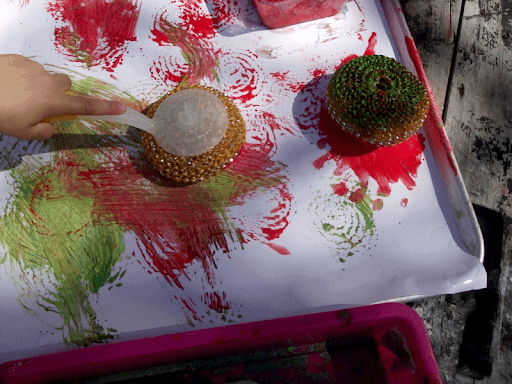
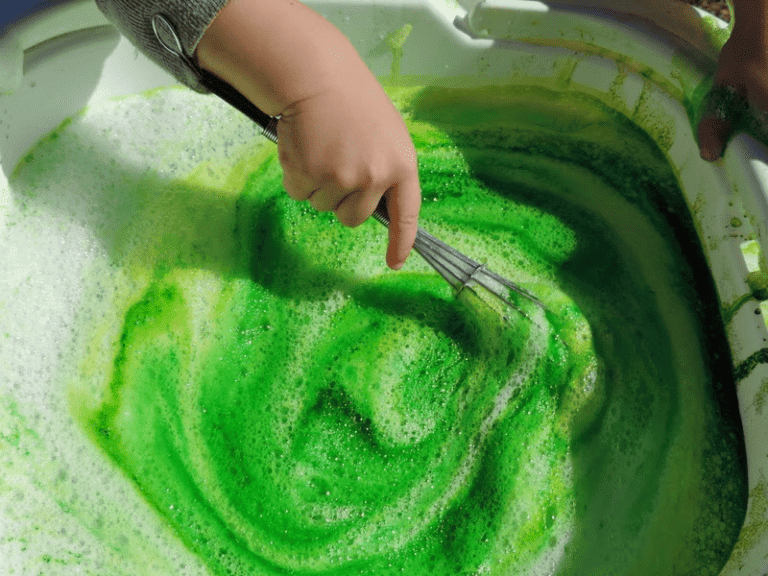

As you can see, with compassion and creativity, educators can transform food from a source of fear to a tool of confidence and empowerment. Sensory play provides children with oral aversions more control over their own desensitisation journey.

See a list of 15 tried and tested strategies that I personally used with my own toddler when we were experiencing a LOT of challenging oral aversion issues with textures by clicking the button below...
The activity ideas using food I shared above aim to help you plan and set up sensory experiences in a fun, engaging way. Modifying the activities to each child's comfort level and gradually increasing the complexity can ensure they remain fun while still offering the sensory support that children with SPD might need.
I firmly believe that in a controlled, intentional setting, food's natural properties can become tools to understand and cope with a wider range of children’s sensory challenges and needs in early education environments.
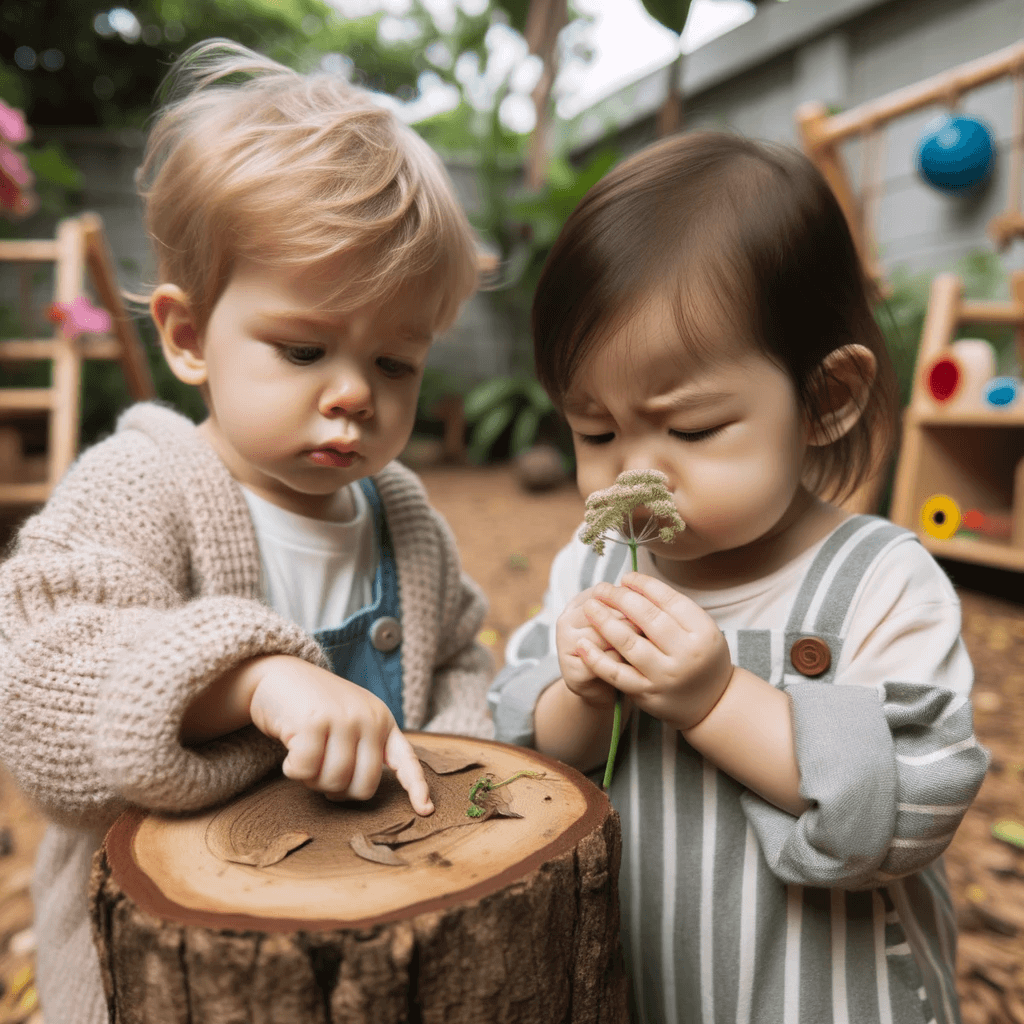
Inspiration for You...
Tactile Treasure Hunts in bins of rice, pasta or lentils provide calming deep pressure and resistance, which some children with SPD crave.
For Example: For children who seek more tactile stimulation and enjoy the sensation of being 'buried' in materials, a treasure hunt in a deep dry rice sensory tub like the one below offers the sensory feedback they crave.
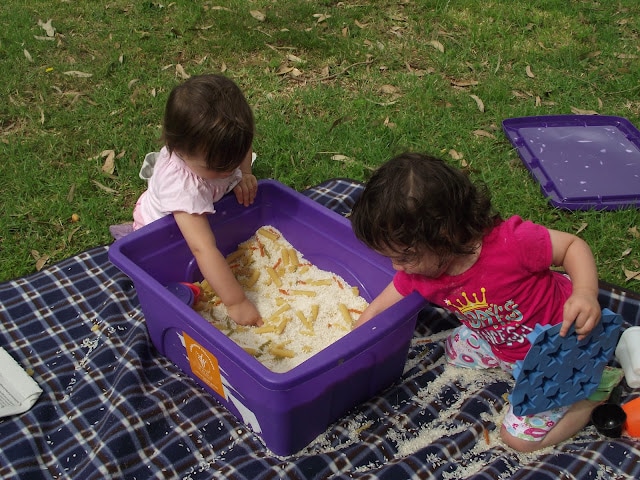
Listening to Sounds made by crunchy or fizzy foods builds auditory processing in a controlled environment. Encourage children to listen to the sounds they make when manipulated - this offers auditory stimulation in a playful setting.
For Example: For children like Ethan, who might be hypersensitive to sounds, this activity provides a controlled environment to explore and even create sounds. Over time, the startling 'crack' of a cracker might become a sound that signals fun and play.
Dynamic Dough Play Beyond regular playdough, introduce dynamic elements. Imagine dough that pops (with added popping candy) or dough with hidden textures inside (like dried beans or rice). I’ve also used sago and other interesting materials as you can see here. This adds an element of surprise and discovery to the familiar tactile play with dough.
For Example: Children like Sophie, who crave varied sensory input, would find the unexpected elements in the sago infused dough intriguing and stimulating.
Popping Paint By mixing in popping candy crystals with edible cornflour based paints. As children paint, they’ll hear the candy pop and feel the tiny vibrations providing access to a multi-sensory experience – visual, auditory, and tactile.
For Example: Children like Charlie, who seek multiple sensory stimulations, the combination of sight, sound, and touch can be highly engaging.

Get my quick and easy DIY Cornflour Paint recipe by clicking the button below...
So I encourage you to be mindful of the fact that each child's sensory needs and thresholds are unique. While one of those activities might be perfect for a particular child, it could be overwhelming for another.
The key is in your observations of the child, adaptation of activities as needed to ensure inclusion, and a close partnership between educators, parents, and the child.
Exploring Concerns Around Food In Sensory Play
While the developmental and therapeutic benefits of food-based sensory play are clear, I also recognise that valid concerns exist around this practice that require thoughtful reflection, exploration and consideration.
Managing Food Wastage Sensitively
In a world where hunger and food scarcity persist, the idea of playing with food can seem wasteful or frivolous. This concern stems from both ethical and practical considerations.
Food is important - it keeps people healthy and alive! Using it for play alone can seem like we are being disrespectful of its core purpose to feed people.
And it’s a valid point - we want to be careful not to waste food or take it for granted.
But as I mentioned earlier, I also think there are thoughtful ways we can use food in play and learning that don't require a lot of waste and still allow us to engage with it as a tool to support sensory processing and regulation - especially in relation to children who experience oral and texture aversion.
With mindful strategies, educators can transform this concern into an opportunity to teach children valuable lessons around sustainability:
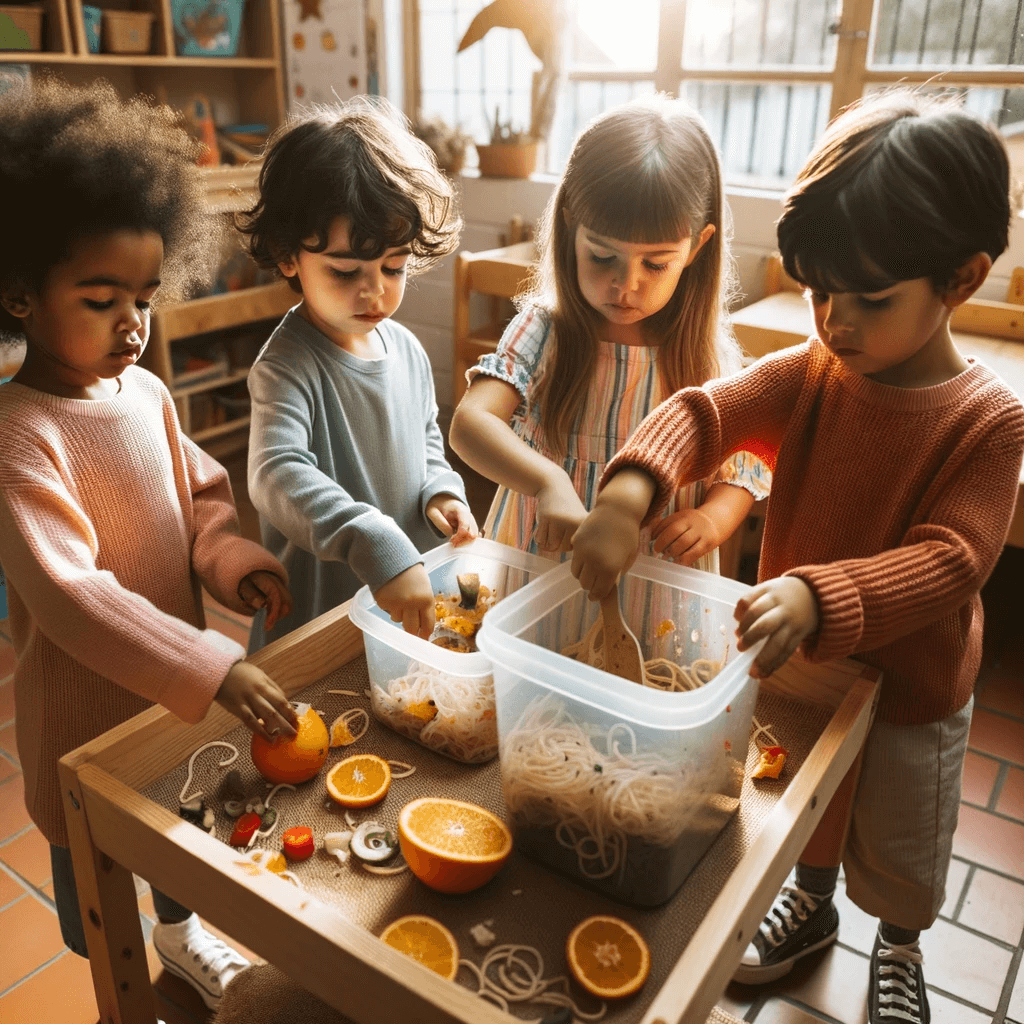
With thoughtful habits, food-based sensory play can be an avenue to impart important values around mindful consumption and sustainability to young children.

Respecting Cultural Diversity
Food is deeply woven into traditions, rituals, and beliefs of various cultures and religions. Using food items casually in play without this understanding risks being insensitive or disrespectful.
We have a responsibility as educators to proactively seek information on the cultural backgrounds of children in care and be aware of how it might be seen as disrespectful to use certain foods in play.
For Example...
What Can You Do?
This collaboration ensures activities are inclusive, not insensitive.
Prioritise Allergy Awareness & Safety
In group settings, allergies pose very real risks. Food items commonly used in play like dairy, nuts, eggs or wheat can trigger severe, even life-threatening reactions in allergic children.
To create a safe, inclusive environment, educators should ensure they:
Some common situations really highlight the need to use caution with food play:

While no environment can be 100% allergen-free, mindful planning and robust safety practices can significantly reduce risks and create an environment where all children can enjoy sensory play safely.
Alternatives To Using Food In Sensory Play
For those still unsure about incorporating food into sensory play, rest assured - a whole world of non-food materials exists to provide engaging sensory experiences for young children. While food has unique properties, children's senses can also come alive through being creative with the use of different alternatives.
There is no need to always only use food in sensory play experiences.
I’ve provided an ‘inspiration and ideas’ list for you below that includes lots of alternatives and possibilities for you to try. From kinetic sand to scented playdough, textured balls to musical instruments, there are countless ways to stimulate the senses during play.
You can of course combine materials to create multi-sensory immersion and with supervision, these materials can be explored through sight, sound, smell, touch and even taste.
Remember to always adapt activities to children's ages and abilities. Safety must be paramount especially when providing experiences for babies and toddlers that could become choking hazards.
Provide sensory experiences suitable to their developmental stage and use your common sense. Supervise while still providing plenty of scope for a child to imagine, investigate and experiment.
Use the suggestions I’ve given you below to help spark new ideas and activities you’d like to try that align with your children's current interests and developmental stages…
…Then watch their senses ignite as they explore new textures, sounds and sensations in a safe, guided environment.
With a variety of textured materials and outside of the box thinking, safe sensory play can still be innovative and engaging without the use of food while also supporting children experiencing sensory processing challenges.


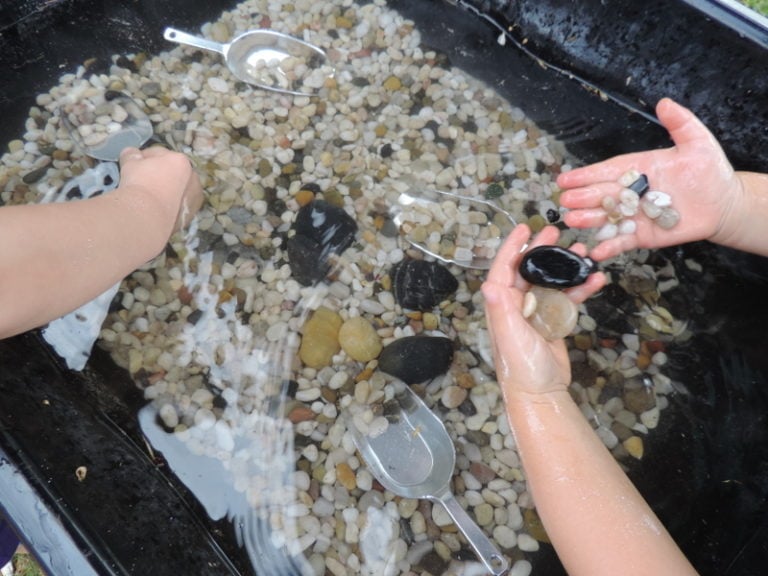


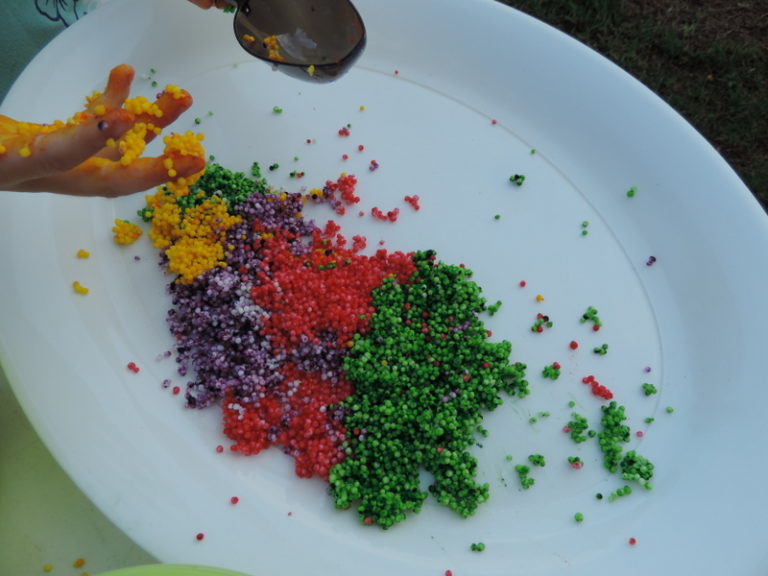
For a safer alternative to water beads make my Rainbow Sensory Balls instead - they are food based but are a great option for toddler safe play.

Remember, while these materials are generally safe for younger children, always ensure activities are age-appropriate and supervise closely to prevent accidents like choking. Use your common sense and knowledge of the children in your care!
Providing a mix of sensory experiences supports holistic development and caters to toddlers' innate curiosity and eagerness to explore their environment.
Aligning Sensory Play with the EYLF
For Australian educators, The Early Years Learning Framework V2.0 emphasises holistic learning through principles like sustainability, diversity, and partnerships. Let's explore some examples...

EYLF Principle: Secure, Respectful, and Reciprocal Relationships
Ensuring that children feel secure and respected during sensory play is crucial. Activities that encourage sharing, turn-taking, and mutual respect align perfectly with this EYLF principle.
When children engage in sensory play that promotes these values, you're laying the groundwork for positive future social interactions.

EYLF Principle: Respect for Diversity
In sensory play, give children the freedom to express themselves, whether that's through the choice of materials, colours, or methods of interaction.
This respects and celebrates the uniqueness of each child, adhering to the EYLF's principles about diversity.

EYLF Principle: Equity, Inclusion, and High Expectations
Sensory materials and activities can be adapted in many ways to suit each child's needs and abilities. For example, add scents or bells to items for vision impaired children, or use thicker purees for motor impaired children to explore. Respect cultural diversity by avoiding sacred foods and selecting inclusive ingredients.
This aligns with the principle of inclusivity and ensures that each child can participate and be challenged according to their own abilities.

EYLF Principle: Respect for Diversity & Aboriginal and Torres Strait Islander Perspectives
When introducing food-based sensory play, consider using ingredients that represent the diverse cultures in your early learning environment. This promotes an inclusive setting and aligns with EYLF's principle of respecting diversity.
Additionally, incorporating Aboriginal and Torres Strait Islander foods and stories can foster a deep sense of respect and understanding for Australia's First Nations peoples.

EYLF Principle: Respect for Diversity & Aboriginal and Torres Strait Islander Perspectives
Incorporate Indigenous storytelling into sensory play activities. For example, you could create a sensory bin inspired by an Aboriginal Dreamtime story, using elements like sand, rocks, and natural foliage.
This integrates Indigenous perspectives and values into your curriculum.

EYLF Principle: Sustainability
Creating sensory bins with recycled materials not only fosters creativity but aligns perfectly with the EYLF's principle of sustainability.
Encouraging children to consider the environment while playing lays the foundation for responsible stewardship of our planet.

EYLF Principle: Partnerships
Creating an allergy-aware environment isn't just the educator's responsibility—it's a collaborative effort that should involve parents and guardians.
This approach directly aligns with EYLF's principle of building strong partnerships with families, ensuring a safer and more inclusive early learning environment.

EYLF Principle: Partnerships
Foster an open dialogue with families about their child’s sensory preferences and any sensitivities.
Sharing this information collaboratively enriches the sensory play experience for each child and honours the EYLF's principle of partnership with parents as the child’s first and most influential educators.

EYLF Principle: Critical Reflection and Ongoing Professional Learning
After each sensory play session, take some time to reflect.
Did the activities align with your learning objectives?
Did the children seem engaged in the activity?
Did you observe any children avoiding or withdrawing from the activity?
Your reflective practices go hand-in-hand with the EYLF principle that emphasises the importance of ongoing learning and self-reflection.
How AI Makes It Easier For Educators To Plan & Setup Sensory Play Activities…
In today's busy early childhood education settings, we need to utilise any tools and technologies that can provide us as educators with support. AI chatbots are an emerging innovation that can assist in meaningful ways, freeing up more time to focus on nurturing each child's individual needs and engaging less hurried interactions.
AI Chatbots Can Help Educators with...
Play Ideas
Looking for new, ethical, and culturally sensitive food-based sensory play ideas?
An AI chatbot can provide and organise a list of activities that align with your early learning environment's values and the specific needs of the children you're working with.
This saves time compared to browsing generic google suggestions that may not fit your core needs.

Environment Modifications
Need suggestions on how to modify your early learning environment for food-based sensory play, allergies or children with diverse needs and disabilities?
A chatbot can offer you environment-friendly and sustainable ideas that are easy to implement after you give it information on your setting type and children’s ages - together with a description of the spaces you have available.
Materials List and Play Recipes
If you need a list of materials for an upcoming sensory play activity or a recipe for a specific type of sensory-friendly dough or slime, AI can generate this information for you in seconds!
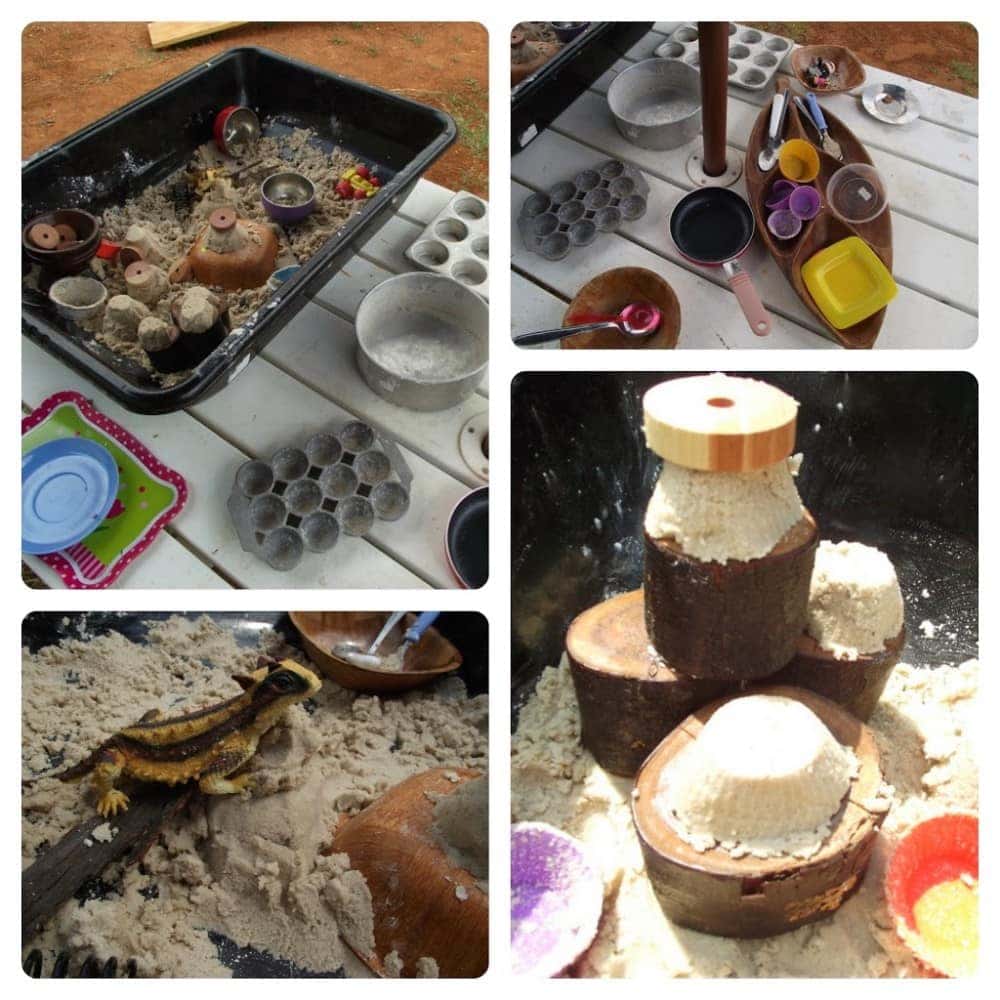
Links to the EYLF
With a little clever prompting (what we call asking an AI chatbot a question) the AI can provide you with recommendations and guidance aligned with principles and outcomes of key frameworks like EYLF.
This helps ensure activities check the boxes for curriculum requirements and your intentional teaching goals.
SPD Strategies and Awareness:
AI can provide the latest evidence-based strategies for supporting children with Sensory Processing Disorder (SPD).
It could also offer tips on how to introduce food-based play in a way that is both beneficial and feels more comfortable for children struggling with sensory processing and oral aversions.
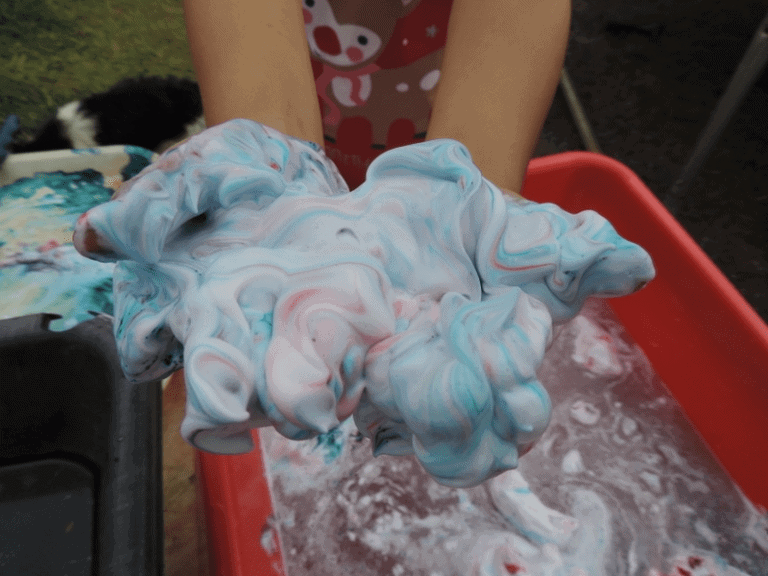
See my ideas for how AI Chatbots can help you as an educator to uncover and better support children's sensory differences and needs in your early learning environment and planning.
Start With These AI Prompts For Educators
If you've never interacted with an AI chatbot and are unsure how to go about it, try the following prompts I’ve created for you with one of the educational AI Assistants like ‘Ellie EYLF’ or ‘Penny Planning’ inside my Academy for Empowered Educators…whenever you want to chat with an educational assistant or tutor!
If you’re not a member of the Academy you can still experiment using the sample prompts with the free version of ChatGPT here.
*Just keep in mind that the Empowered Ed AI Assistants & Mentors have been specifically trained by me on the latest in early childhood theory and frameworks including the EYLF V2.0 so you will receive better results using these sample prompts with the Academy AI Assistants like Ellie EYLF or Dottie Documentation , but with a little experimenting you can certainly get good results with GPT’s free model 3.5 as well*
Educator AI Prompt Templates for Sensory Play
Get Activity Ideas:
Asking for SPD Strategies:
Seeking Sensory Recipe Ideas:
Asking for Nature Play Inspiration:
Getting Advice on ‘Fussy’ Eaters:
Seeking Calming Sensory Play Ideas:
What’s the difference between using my AI Assistants and a larger model like ChatGPT on your own?
This is a great question and to help me explain to those who are not at all familiar yet with using AI tools ,I've come up with a simple analogy to help you understand and clarify the difference.
Imagine you're in a library.
Mentor Ellie EYLF (available now for Academy members) is a specialised book on early childhood education including the EYLF V2.0 framework, NQS, quality improvement planning, A&R visits and the entire planning cycle.
She's packed with specific details, outcomes, and principles of the EYLF, and she helps make sense of these complex concepts. It's like having a dedicated guidebook that explains an often confusing and frustrating amount of information into easy to understand and apply terms.
If you have questions related to the Australian EYLF framework, preparing for a ratings visit or getting some help with analysing learning from your child observations, then Ellie is the book to pick up.
In contrast, ChatGPT on its own is like a giant encyclopaedia. It’s vast, covers a wide array of topics, and while it’s very informative, it might not be as tailored or specific to your educational needs.
It's a general tool and can take longer to get the useful information you specifically need in regard to early education requirements if you aren’t yet confident with how to prompt AI tools, whereas my MentorBots are like curated guides, specially trained by me for specific educational areas because I know exactly what is helpful to educators and I want to make using AI easier for educators, leaders and teachers in our Empowered Ed community.
If we go back to our library analogy, think of it this way, instead of searching through the entire encyclopaedia for answers, wouldn't it be easier to have a dedicated quick guide that's tailored to your exact needs?
That's what the Empowered Ed Ai MentorBots team offer: specialised knowledge and guidance in early childhood best practice, saving you time while also supporting ongoing reflection and professional development in a more individual way.
Hopefully that wasn’t too confusing - I understand that talking to AI Chatbots is a very new concept and can feel overwhelming but that’s why I’m here to guide you through it step by step. It’s a new skill we all need to put aside some time to learn as it’s not going anywhere!


Thoughtfully Balancing the Benefits and Concerns of Food in Sensory Play
This deep dive into the often dismissed notion of using food in children's sensory play has highlighted both benefits and obvious concerns. Like walking a tightrope, it’s up to us as educators to try and strike the right balance.
On one hand, we've explored the ways using food in sensory play can stimulate the senses and support sensory integration for some children. The sights, smells, textures and tastes also offer an unparalleled pathway to ignite curiosity and learning for all children.
And for children with sensory processing challenges, modified, specially planned activities can provide therapeutic sensory benefits in a play based environment.

But we must always be ready to reflect on the risks and pitfalls when making decisions about the sensory materials we're choosing.
From cultural sensitivities to food allergies, there are of course many factors that demand careful consideration on our part and I’ve only just touched on them in this article - however, this type of ongoing reflection can lead us as educators toward opportunities to build understanding, celebrate diversity, and create safer, more inclusive environments.
Provide opportunities to role model sustainability and reduce waste.

And most importantly, opportunities to enrich every child's development.
By working together, we can make sensory play safe, ethical, and accessible for all - even when incorporating food into play.
I hope some of the points and strategies I've shared in this article will help you to support a balance when it comes to sensory play experiences and the materials we use, and keep in mind that not every approach needs to be one way only.
There are always different perspectives, different approaches and different children’s needs to consider.
I personally could not have gotten past the gagging and vomiting that occurred everytime my toddler daughter touched something that wasn't crunchy textured food unless I repeatedly used food in play including squishy materials like cooked spaghetti.
The first time she ate pasta without gagging and filling her highchair tray with vomit, a terrified look in her eyes, was when we were ‘painting’ with spaghetti outside on a table and after many attempts (with me pretending not to watch), she put it in her mouth and chewed…then swallowed!

So no, I don’t feel like a bad educator or Mum or even regret using that out of date pasta in our play that day.
It took 6 months of providing opportunities to engage in sensory play with different textured foods like that before we got the big win… but there were lots of small wins and progress along the way there.
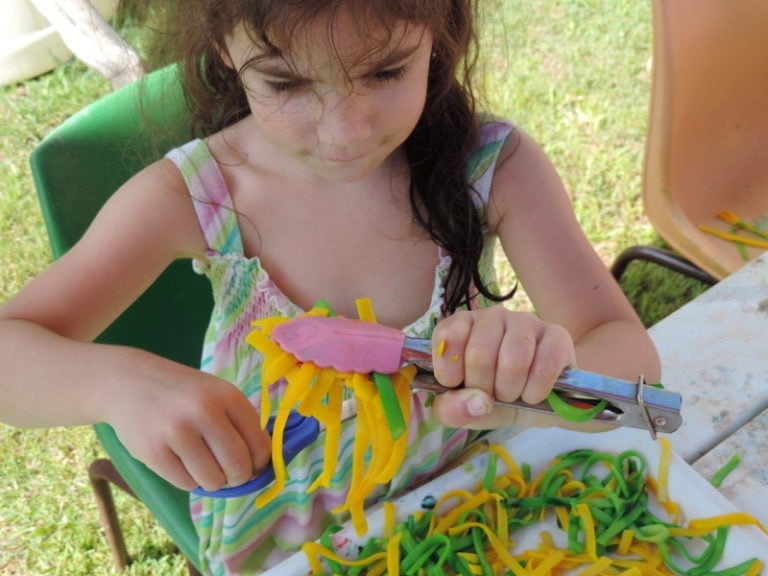
I’ve seen many similar results with other children who have come through my family day care and early learning centre rooms of all ages. It took careful observation, planning and thoughtful use of sensory materials.

So I’m going to continue to be as respectful and sustainable as I can…but I will still incorporate food into sensory play when I think it’s beneficial to the child.
What are your thoughts?

A Little About Me

Jodie Clarke is an early childhood professional supporting educators who want and need to stay passionate about the work they do! She has 30 years hands-on experience in the early childhood and human services sectors across many different roles.
Jodie is mum to 3 in Australia and has already helped thousands of educators with their work through her popular blog posts, activity ideas, online training and e-books.



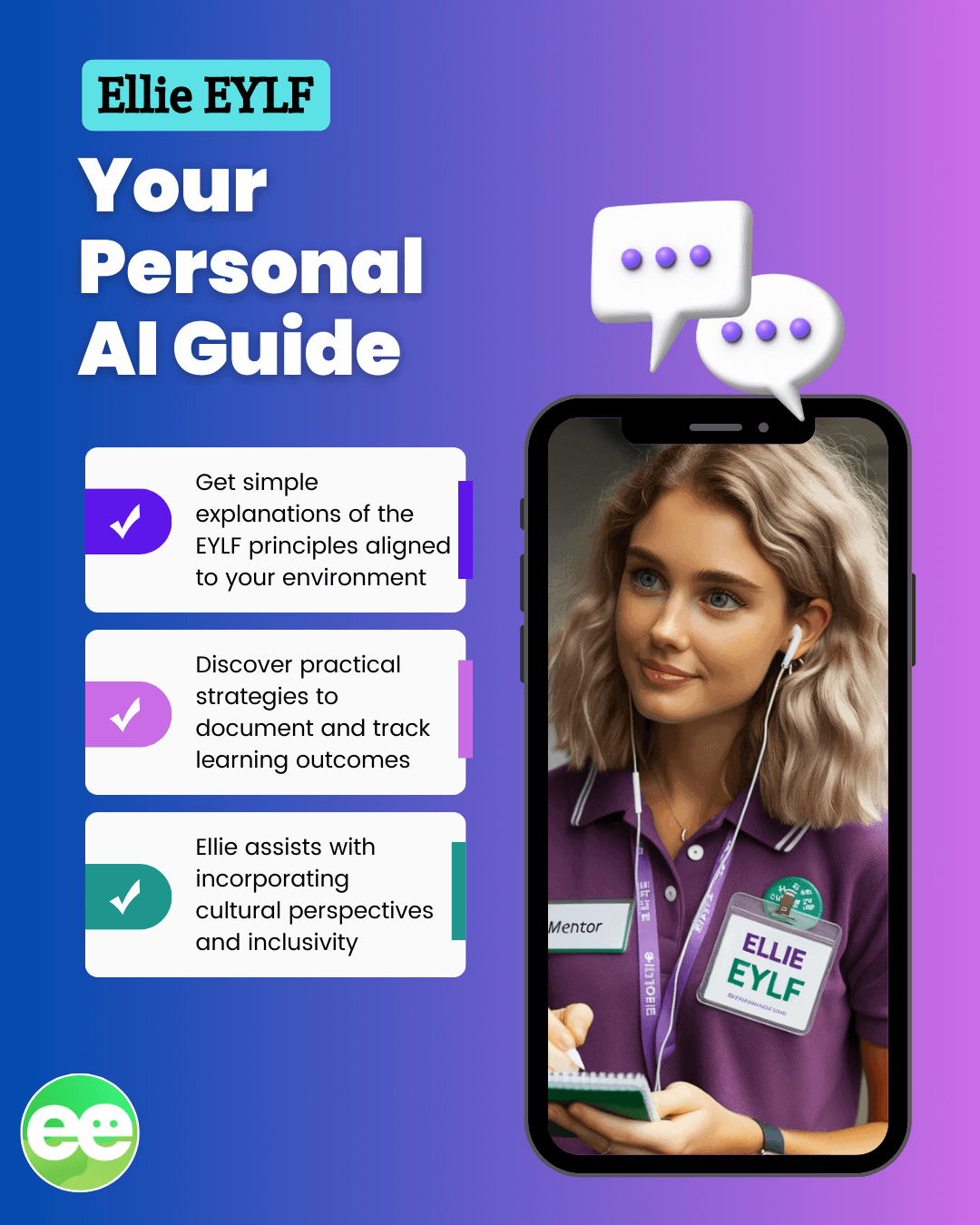
Leave a Reply